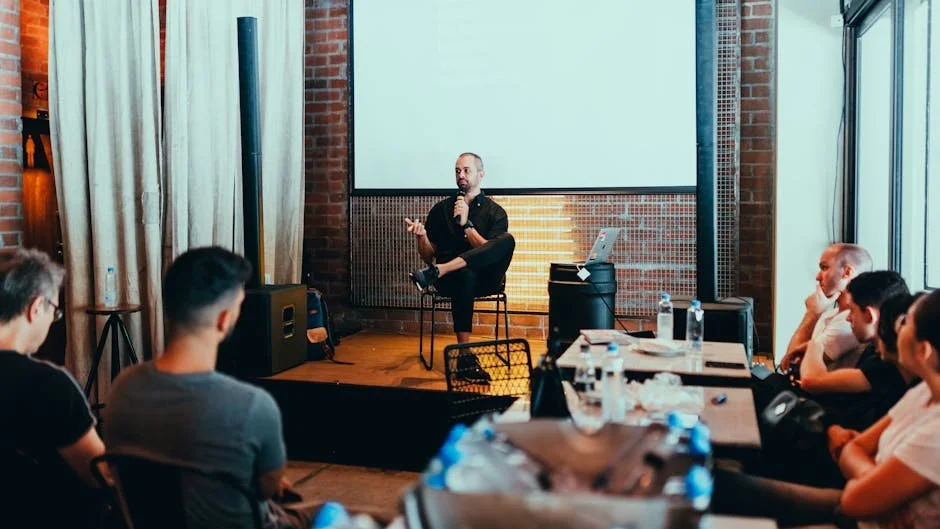Drone Technology
One of the most exciting trends in event videography is the increasing use of drone technology. Drones, also known as unmanned aerial vehicles (UAVs), have revolutionized the way events are captured. They offer unique aerial perspectives that were previously impossible or cost-prohibitive to achieve. With drones, videographers can now capture stunning aerial shots of events, adding a dynamic and cinematic quality to the footage.
By incorporating drones into event videography, professionals can capture breathtaking panoramas of venues, outdoor events, and large gatherings. The versatility of drones allows videographers to create visually striking and immersive experiences for viewers. From sweeping shots of the event location to tracking shots following the action, drone technology has opened up a whole new world of creative possibilities in event videography.
Moreover, drones have made it easier to capture intricate details and moments that might have been missed with traditional filming methods. The agility and maneuverability of drones enable videographers to adapt to the fast-paced nature of events, ensuring that every crucial moment is captured from a bird's eye view. As technology advances, we can expect to see even more innovative uses of drones in event videography.
360° Videos and Virtual Reality
Another trend shaping the landscape of event videography is the integration of 360° videos and virtual reality (VR) technology. These immersive technologies allow viewers to experience events as if they were right there, in the midst of the action. 360° videos provide a complete panoramic view of the event, giving viewers the ability to look around in any direction and feel fully immersed in the scene.
With VR headsets becoming more accessible, event videographers are leveraging this technology to provide viewers with a truly immersive and interactive experience. Imagine being able to attend an event virtually, feeling as if you are physically present and able to explore the surroundings from the comfort of your own home. 360° videos and VR have the power to transport audiences to the heart of the event like never before.
Moreover, the combination of 360° videos and VR technology offers event organizers new ways to engage with their audiences. By creating virtual event experiences, organizers can reach a global audience and provide a unique perspective that goes beyond traditional videography. As these technologies continue to evolve, we can expect even more innovative applications in event coverage.
Live Streaming and Interactive Features
In the age of connectivity, live streaming has become a prominent trend in event videography. Event organizers are increasingly turning to live streaming platforms to broadcast events in real-time, reaching a wider audience and enabling remote participation. Live streaming offers a dynamic way to engage with viewers who are unable to attend events in person, allowing them to experience the event as it unfolds.
By incorporating interactive features into live streams, such as real-time chat, polls, and Q&A sessions, videographers can create an interactive and engaging viewing experience for audiences. Viewers can actively participate by asking questions, sharing their thoughts, and even influencing the direction of the event through live polls. This level of interactivity adds a new dimension to event videography, enhancing viewer engagement and creating a sense of community.
Furthermore, live streaming enables event organizers to archive event footage for on-demand viewing, extending the reach and longevity of the event. Whether it's a conference, concert, or product launch, live streaming allows events to transcend physical boundaries and connect with a global audience in real time. As technology continues to improve, we can expect live streaming to become an integral part of event coverage.
Professional Editing Techniques
While advanced filming technologies have reshaped event videography, professional editing techniques remain a crucial aspect of the craft. Skilled editors play a vital role in transforming raw footage into polished and impactful event videos. From color correction and audio enhancement to seamless transitions and visual effects, editing elevates the overall quality and storytelling of event videos.
Professional editors have a keen eye for detail and storytelling, ensuring that the final video captures the essence and emotion of the event. They work closely with videographers to synchronize footage, enhance visual aesthetics, and create a cohesive narrative that resonates with the audience. Editing techniques such as montage sequences, split screens, and time-lapse effects add depth and creativity to event videos, making them visually compelling.
Moreover, advancements in editing software have empowered editors to push the boundaries of creativity and experimentation. With access to a wide range of tools and effects, editors can bring cinematic flair to event videos, evoking different moods and atmospheres to suit the event's theme. As event videography continues to evolve, the role of professional editing remains essential in delivering high-quality, engaging, and visually captivating content.
